Yes, in some respects Sy Hersh is a great reporter, he’s broken big stories. But like many reporters who often (over)reach for the brass ring on every story–and who make themselves a willing conduit for their sources’ agenda–he’s made a lot of high profile mistakes that are somehow rarely recalled. His falling for an imposter in The Sampson Option affair, his falling for a fake Marilyn Monroe document in his JFK biographical adventure, most recently both his New Yorker pieces on the Israeli raid on the Syrian nuclear facility.
In the first piece, his anonymous sources (see Roger L. Simon’s post on the subject of Hersh’s sources, a post I was unaware of when beginning this one, i.e. no collusion) led Hersh to strongly imply that either there was no raid at all, or the raid wasn’t about a nuclear installation but about testing Syrian (and Iranian) electronic defenses for an attack on iran, or that if there were an attack on an installation it wasn’t nuclear.
If he believes any of that now he is pretty much alone. What are you gonna belive though, photograhic evidence or Sy’s “sources”?
And now in his latest “we’re about to attack Iran” piece, Hersh may or may not have reliable sources, but he’s unreliable on one key fact. A fact that is at the very heart of the reason for the controvesy over Iran: The 2007 National Intelligence Estimate (NIE) on Iranian nuclear aspirations.Of course he’s not alone in getting it wrong; most of the media misread it as well, and its authors admit it was written for nuclear insiders. But aren’t reorters, particularly Sy Hersh, who cover these things supposed to be sophisitcated enough to get something like this right. Especially after their error was pointed out to them two months ago.
Here’s how Hersh describes the NIE:
“The request for funding [covert ops inside Iran] came in the same period in which the Administration was coming to terms with a National Intelligence Estimate, released in December, that concluded that Iran had halted its work on nuclear weapons in 2003. The Administration downplayed the significance of the N.I.E., and, while saying that it was committed to diplomacy, continued to emphasize that urgent action was essential to counter the Iranian nuclear threat. President Bush questioned the N.I.E.’s conclusions, and senior national-security officials, including Secretary of Defense Robert Gates and Secretary of State Condoleezza Rice, made similar statements. (So did Senator John McCain, the presumptive Republican Presidential nominee.)”
First sentence: wrong. The N.I.E. did not conclude to even the most naive reader that Iran had “halted its work on nuclear weapons in 2003”. It concluded it had halted one previously hidden program on the development of nuclear warheads. Nuclear weapons programs consist of three aspects: 1) warhead design 2) production of nuclear fissionable warhead fuel either plutonium or highhly enriched uranium and 3)delivery systems such as ballistic misiles.
Warhead design is the easiest of the three, the if the program had been halted in 2003–that is if you believe U.S. intelligence on this question. (True, it has been wrong on about everything else in the WMD area in that period, but here it’s politically convenient to make it the Gold Standard.) Nut the halt inthe 2003 warhead program says nothing about the other two aspects of the program, and in fact the 2007 N.I.E. acknowledges uranium enrichment and weponisation has continued as has ballistic missile work. And warhead work may have been halted because there was little else left to do.
Hersh sentences two and three:wrong. the Bush Administration didn’t down play the signficance or question the conclusions of the N.I.E.–the implication being there are critics within the Bush administration of the NIE, who argue, contra the NIE, that Iran had not abandoned its nuclear weapons program. No: he gets what the NIE says all wrong. The N.I.E. did not say Iran had abandoned its weapons program. One hesitates to say it but that Hersh paragraph means he either didn’t understand or deliberately misrepresented the N.I.E.
Any one who has read the background briefing on the Israeli/Syrian September 6 raid (which can be found here downloadable under “ODNI Syria briefing pdf” (as Hersh must have, to be taken seriously on this subject) will see where and why Hersh gets it wrong.
I’m specifically referring to the reply to reporters on pp. 15 and 16 of the briefing, where a “senior intelligence official” responsible for the NIE says: “The unfortunate choice of words in our NIE caused you all in the press to misrepresent what we were trying to explain. {There are] three parts of the [Iranian] program; they halted one narrow piece of it which was a secret prgram–weapons-head design. They continue with fissile material [highly enriched “bomb grade’ uranium]; they continue with ballistic missile systems for delivery. So we don’t know where it [the Iranian nuclear weaons prgram] is at the moment.”
At last someonne in the “intelligence” community willing to say “I don’t know”!
Their explanaition for the”misrepresentation” “all of you in the press” were guilty of: “We had not planned to make unclasssified key judgments available to the public therefore we wrote our estimate for a very sophisticated audience, believing or understanding that they understood…”
But shouldn’t reporters like Hersh who make sweeping statements about these matters have a “very sophisticated” understanding of them?
Evidently not.


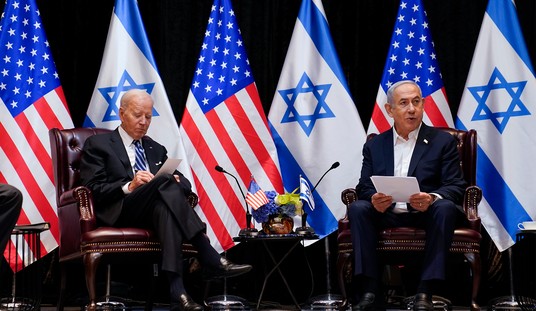
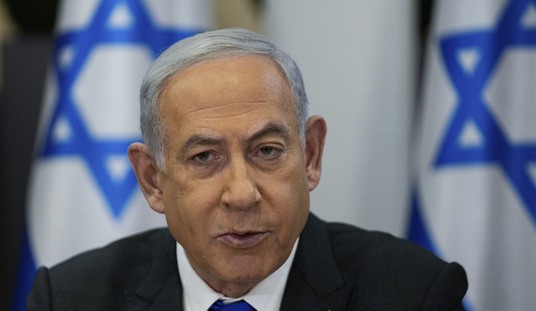

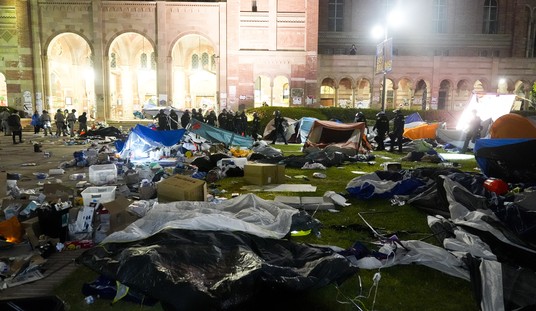
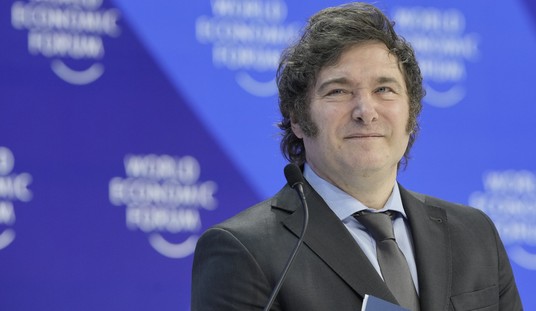
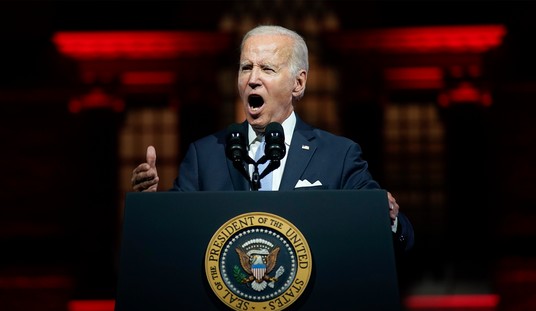
Join the conversation as a VIP Member